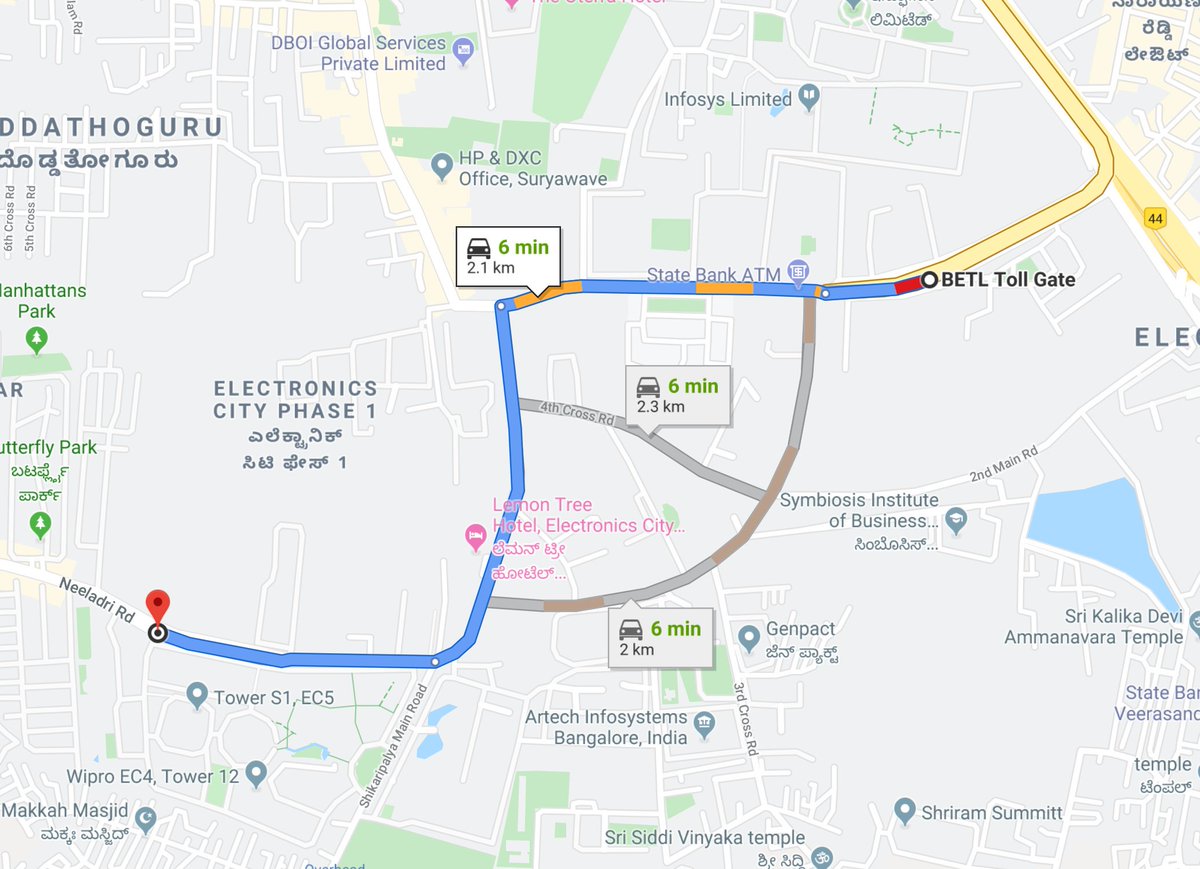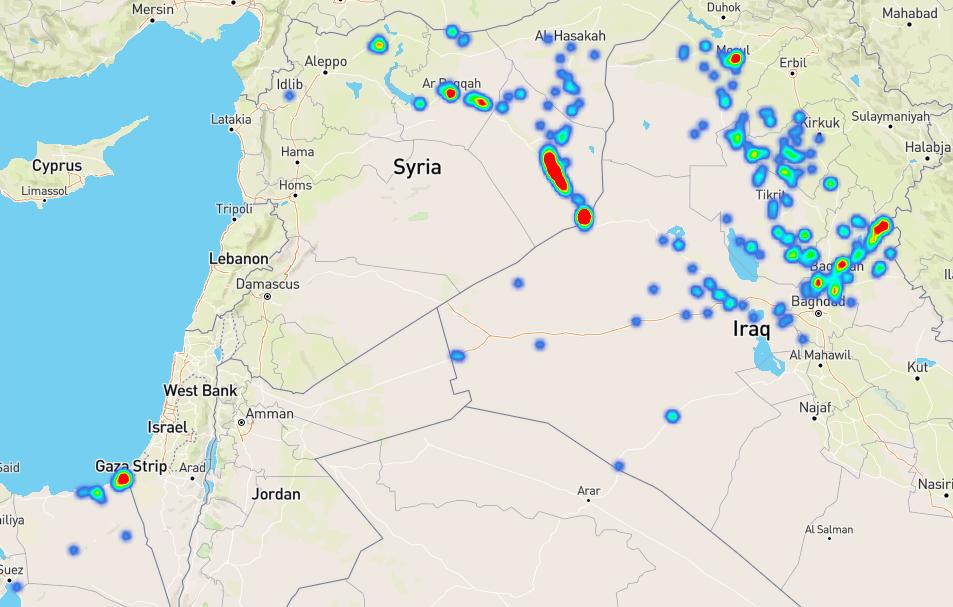ELCITA has board members from Industries and has expert committees to manage various functions of the townships including traffic.
(3/21)
Case-A: At front gates of big companies
Case-B: Before and after major junctions
Most of them are marked with Zebra lines, so I am assuming it is meant for aiding pedestrian crossing.
(5/21)
The entry gate traffic peaks between 8-11 AM.
My guesstimate is that there will be a minimum of 50,000 vehicles plying up and down on Neeladri road daily.
(7/21)
It can be either manually controlled by security staff or a road sensor-activated signal, which turns on when a vehicle is detected.
(9/21)
As a tech-company @Wipro should take the lead instead of regressive speed-breakers which is a big menace across Karnataka and Bengaluru City.
(10/21)
Read more:
thehindu.com/news/cities/ba…
(11/21)
From what it looks, these are meant for pedestrian crossings. But it's the main bottleneck that systemically chokes the traffic flow.
(12/21)
The effective speed at the signal is limited to 5-10 kmph instead of an ideal 40+ kmph. It is as good as digging two potholes at the junction.
(13/21)
An auto-rickshaw takes 8-10 secs to reach 40 kmph while a car can do it in 3-4 secs.
Car's power is useless if it is behind an auto-rickshaw.
You are as slow as the slowest in the chain.
(14/21)
Driving at 50 kmph speed limit, at midnight with zero traffic, how long does it take to cover 2.1 km?
It should have taken 150 secs, instead, it takes 360 secs (6 mins, @10:30PM)👇
(15/21)


In 2016, I did a story with Aditya Bharadwaj of @THBengaluru on speed-breakers in Outer Ring Road. Read more:
(17/21)
thehindu.com/news/cities/ba…
It does more bad than good for the city.
(18/21)
It is a half-baked and ambiguous hack, as it just slows down the traffic instead of stopping for the pedestrian's safety. The right solution is to install pedestrian signals.
(19/21)
There are other ideas for improving traffic flow using synchronous signals which can solve the traffic snarls to a great extent. More on that later.
(20/21)















